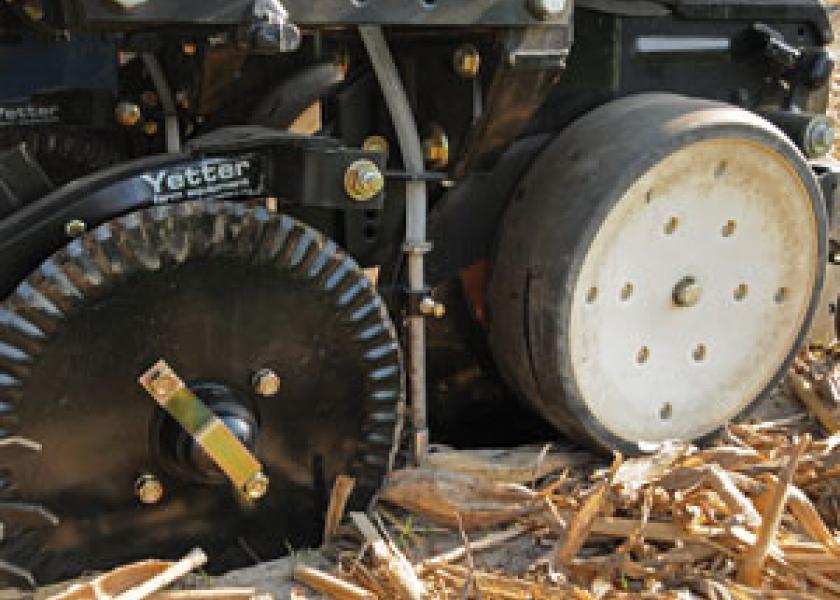How to Manage What's On Everyone's Mind: Input Costs

Tim Laatsch, Koch Agronomic Services (KAS) director of agronomy, shares four agronomic ideas to help manage the hot topic this spring—higher input prices.
“As we’ve traveled and interacted with retailers and growers in trainings, the issue on the front of everyone’s mind are input costs,” Laatsch says.
Here are four agronomic areas he says you can focus on.
1. Stabilizing a nitrogen investment is always a smart decision for a grower.
Laatsch says, “Farmers can think about this as their agronomic optimum nitrogen rate. So they are applying the right rate, and protecting that nitrogen against loss.”
He says while costs across the board are higher, the cost to protect the nitrogen with stabilizer products is always a smart investment. And with widespread wet conditions this spring, the risk for loss is high.
“We are seeing retailers spreading the word to get nitrogen stabilized this year,” he says. “We can’t afford to cut rates and sacrifice yield at these higher commodity prices, and not protecting the nitrogen investment can be a costly decision.”
2. Consider new delivery methods for micronutrients.
“Our Rocket Seeds product allows farmers to apply micronutrients right on the seed,” Laatsch says. “Additionally it has a lubricity agent to replace the use of talc or graphite.”
Laatsch sees a growing market for these combination products that provide early season crop nutrition and better seed flow and singulation through the planter.
“In the 4R context, this helps with timing and placement to apply the nutrients right where and when the seed goes in the ground. It’s in immediate proximity to the growing root system.”
3. Don’t overlook on-planter nitrogen.
“Some of the more surprising research results are when we use nitrogen stabilization on the planter. Whether you are applying nitrogen in a 2x2x2 or dribbling behind the planter and dragging a chain, the product you choose will be conditional on what you are applying, but we treat nitrogen by the ton. So at the low nitrogen rates applied with the planter, it’s a very economical decision to treat that nitrogen and keep the product available to the plant.”
He continues, “We're seeing fairly significant yield responses to stabilizing that nitrogen with Centuro when we're putting it below the surface, and we're seeing a similar sort of ROI response when that nitrogen is applied to the soil surface as a dribble, stabilizing that with Anvol, a urease inhibitor.”
4. Start thinking about fall applications.
Laatsch says now is a good time to think about fall crop fertility plans. Mainly stabilizing any fall-applied anhydrous and broadcast micronutrients.
“No one has a crystal ball, but the price trends for inputs aren’t showing any slow down,” Laatsch says.
With that in mind, he says now is a good time to think about fall crop fertility plans. Mainly stabilizing any fall applied anhydrous and broadcast micronutrients.
“With Wolf Trax, the product is easy for retailers to operationally incorporate and it provides even distribution in the field. It’s a solution that puts micronutrients on every fertilizer granule that goes out.”
He says it’s a focus on efficiency and return on investment that will farmers maximize their input dollars.
“We’re committed to helping growers understand the value of stabilizing their nitrogen investment and managing their overall nutrient plants regardless of other economic conditions” he says.







